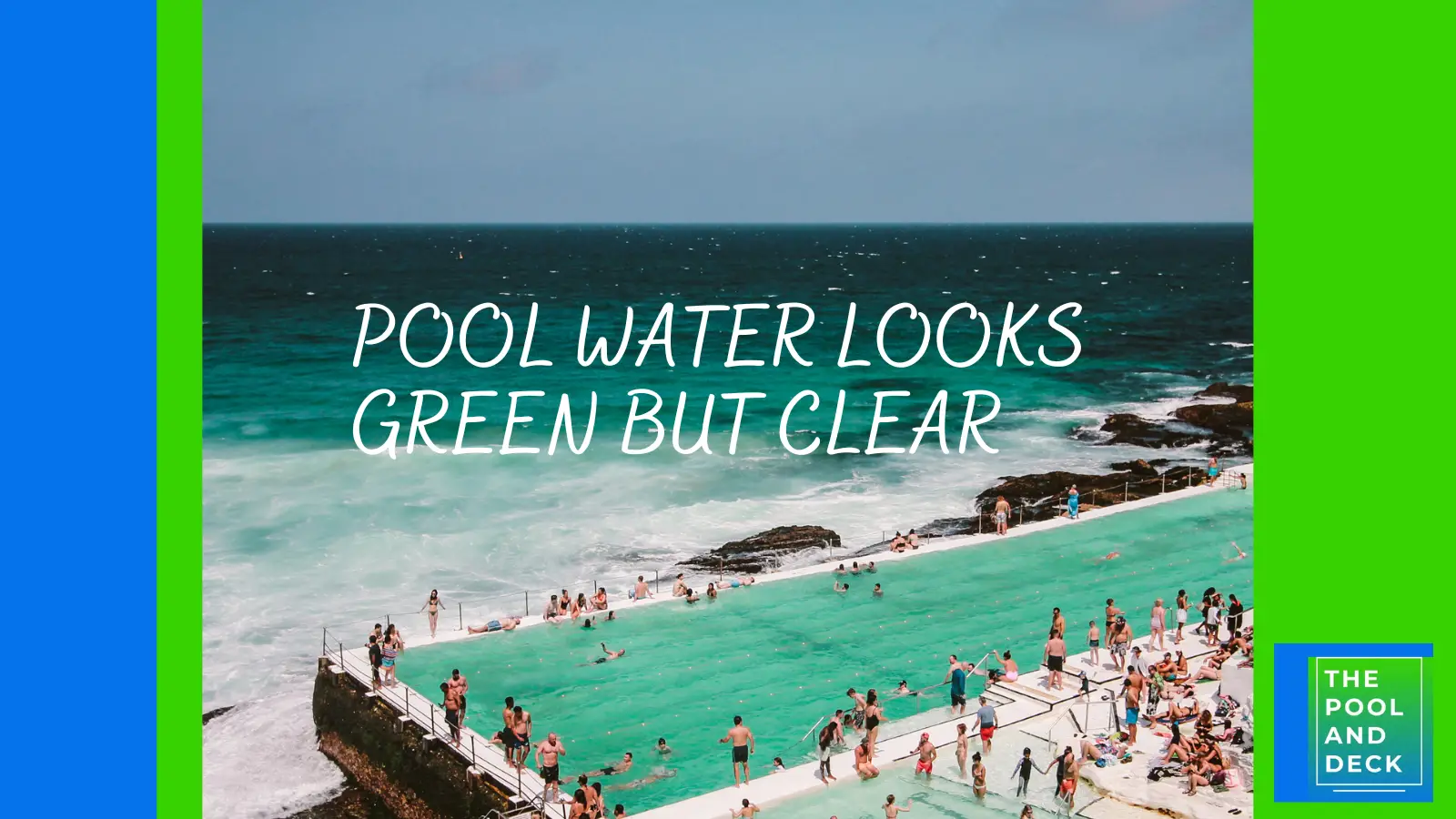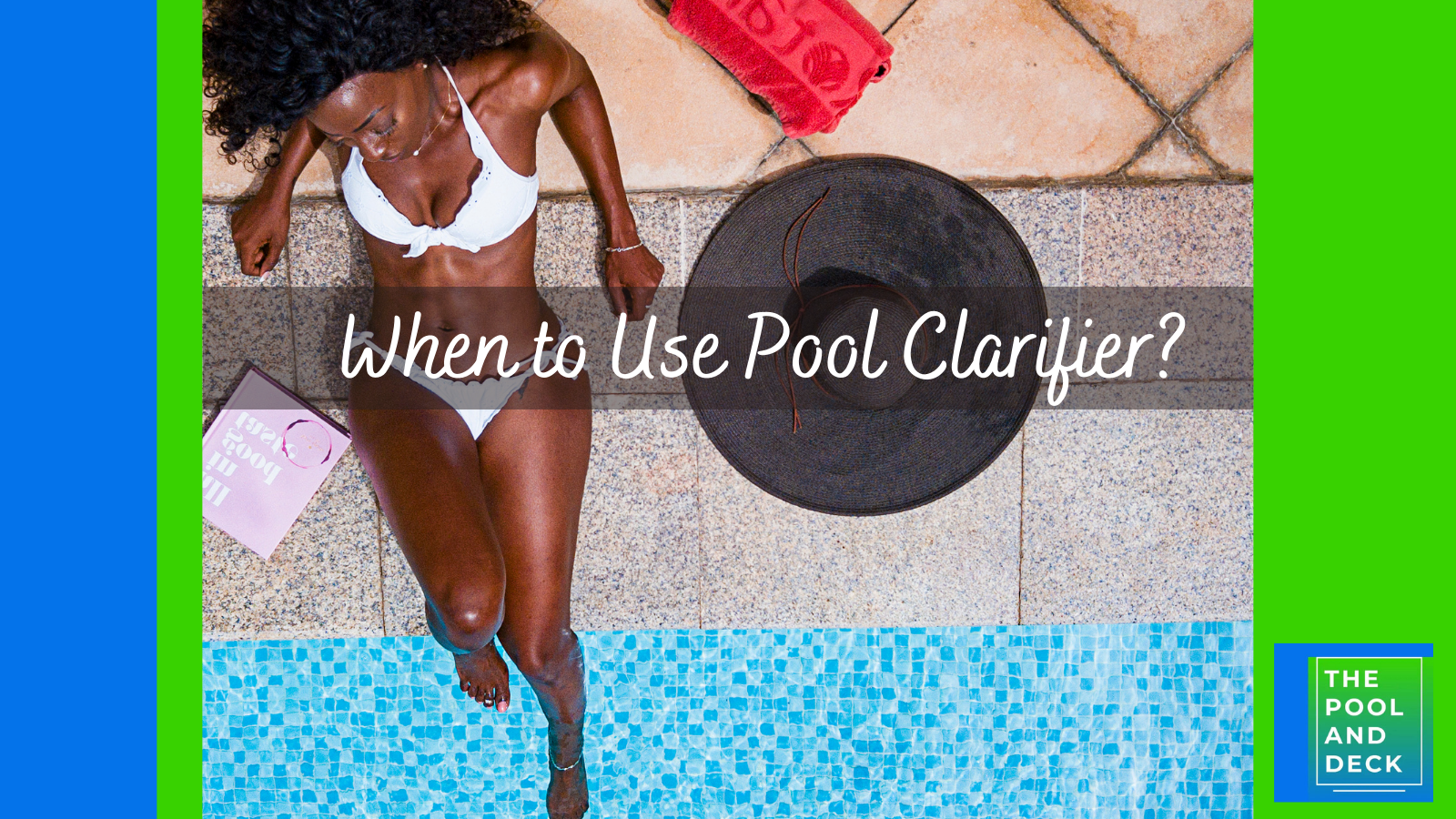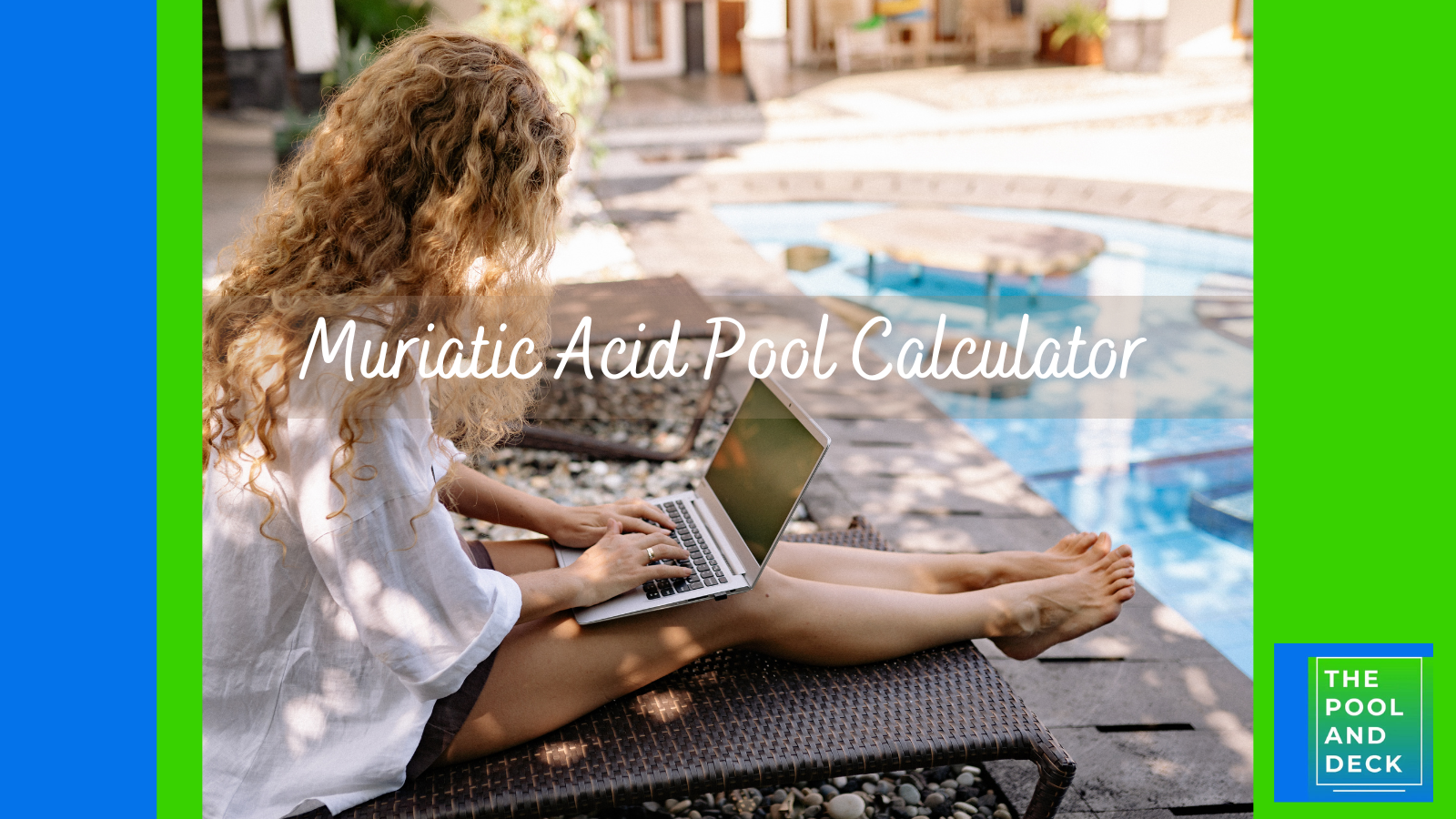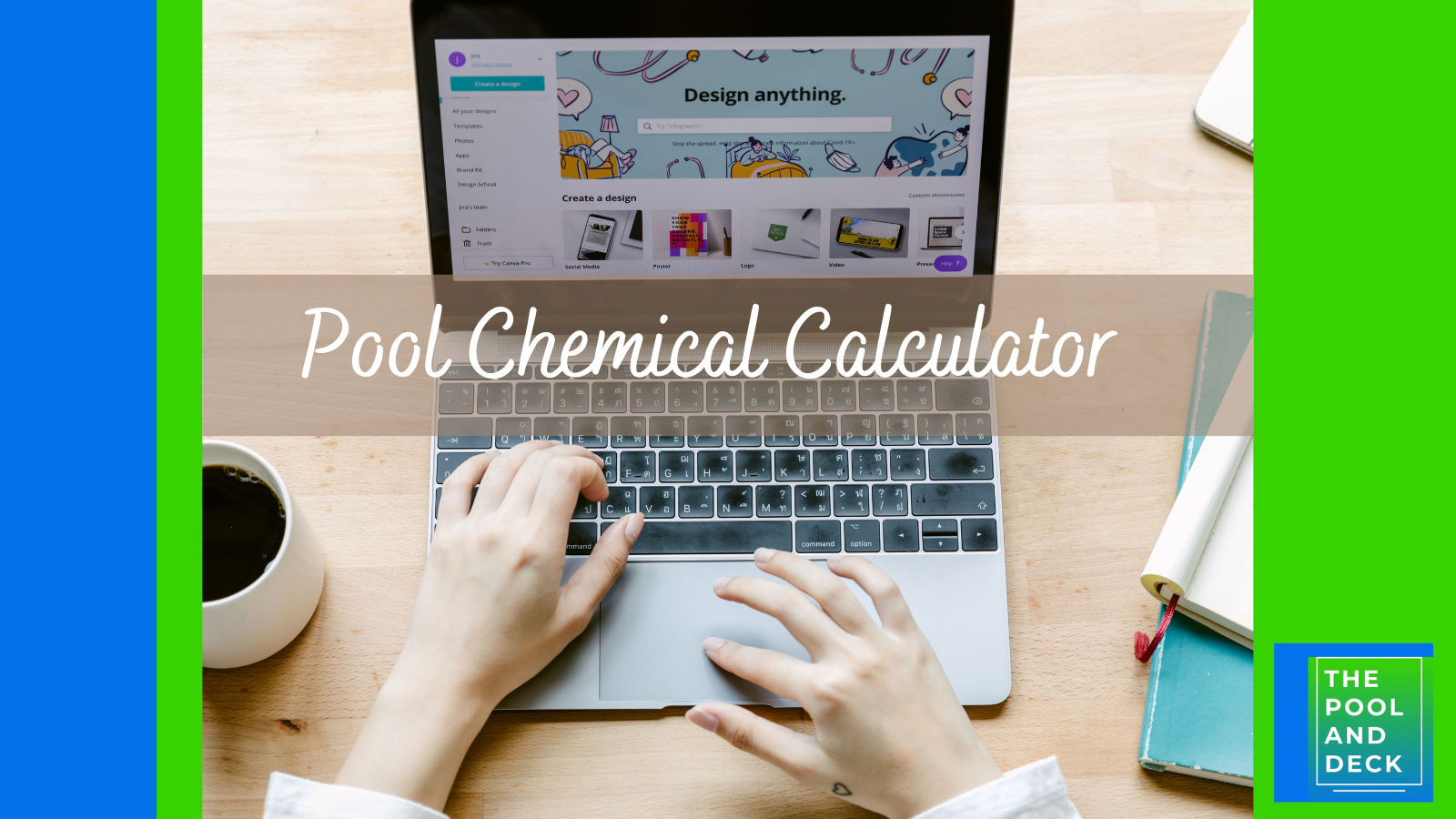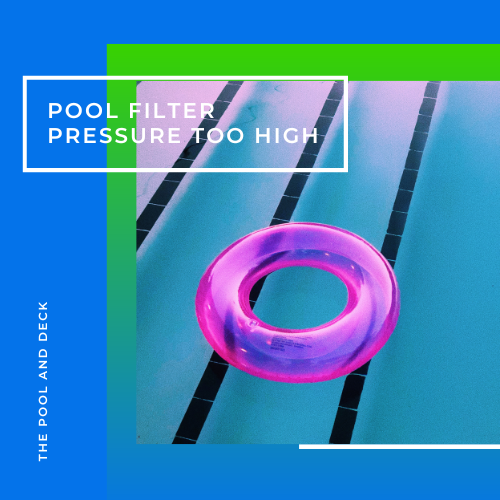Sodium Hypochlorite vs Calcium Hypochlorite For Pools: Which Is Better?
As an Amazon Associate, I earn from qualifying purchases.
Table of Contents
Sodium Hypochlorite Vs Calcium Hypochlorite: Which is Better?
Don’t you just want your pool to look crystal clear and have the assurance that it is always safe to swim in? You can do that by using a chlorine based pool sanitizer. Sounds easy till you start looking at the options available. When it comes to Sodium Hypochlorite vs Calcium Hypochlorite, which is better for your pool?
Sodium Hypochlorite (Liquid Chlorine) is better than Calcium Hypochlorite (Cal Hypo) for shocking your pool. On the other hand, Calcium Hypochlorite (Cal Hypo) is better than Sodium Hypochlorite (Liquid Chlorine) for regular maintenance sanitization.
Both are unstabilized sources of chlorine and will not add Cyanuric Acid (CYA), a chlorine stabilizer, to your pool.
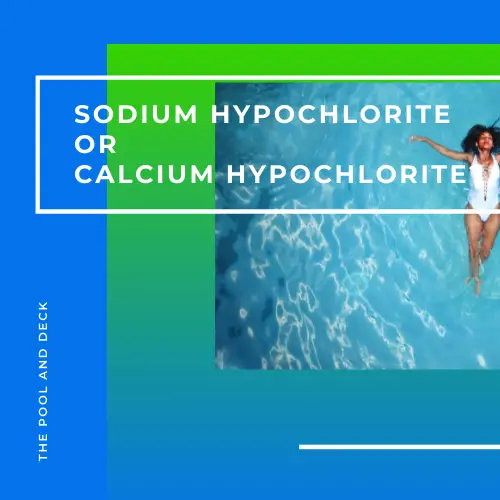
Shocking Your Pool (Sodium Hypochlorite Vs Calcium Hypochlorite)
Sodium Hypochlorite or Liquid Chlorine, as a pool chemical, is typically a 12.5% solution of Sodium Hypochlorite in water. The Available Chlorine (AC) at 12%, is reasonably high. One gallon of liquid chlorine will raise the chlorine level of a 10,000 gallon pool by 12 ppm.
Shocking a pool is the “fast & furious” way of killing pathogens & algae in your pool. To shock a pool, you must increase the chlorine level by at least 10 ppm. Actually the best way is to spike it up by 25-30 ppm and let it work overnight, with the pool filter pump running.
Shock should not contain, or be supplemented by, Cyanuric Acid (CYA). Cyanuric Acid is a chlorine stabilizer and prevents Free Chlorine (FC) from being depleted by the UV rays of the sun.
Once the high levels of chlorine, as a result of shock, have done their job of killing the germs, bacteria and algae, you want the level to come down to 5 ppm or less. The UV rays of the sun can do that real quick, if there is no Cyanuric Acid (CYA).
Sodium Hypochlorite is perfect for shocking your pool as it is unstabilized and does not contain any Cyanuric Acid (CYA).
To be fair Calcium Hypochlorite (Cal Hypo), with Available Chlorine (AC) at 65%, does an equally good job of shocking your pool. Except that it comes with the unwanted baggage of calcium.
Cal Hypo Shock is not recommended for use in:
- Salt water pools due to the calcium content
- Painted, vinyl & fiberglass pools due to strong bleaching action
- Pools with high Calcium Hardness levels
Cal Hypo Shock will increase calcium hardness levels and may result in cloudiness, turbidity and scaling in your pool.
Regular Pool Maintenance
You should shock your pool once a week or on special occasions such as after a rainstorm or a pool party. But you need to maintain the chlorine levels of your pool within 2-4 ppm at all times.
Chlorine tablets are the most convenient way of doing this. You just pop them in the skimmer, floater or feeder and forget about them for a week. The tablets keep releasing chlorine in a slow, steady manner.
Cal Hypo tablets are formulated for “slow dissolve” over a week so that they can be used for regular maintenance sanitization. They can be put in the skimmer, a floater or a feeder. In a way they are similar to Trichlor tablets but they will not add Cyanuric Acid (CYA) to the pool.
You should NEVER let Trichlor and Cal Hypo mix. NEVER put Cal Hypo tablets in a skimmer, a floater or a feeder where Trichlor was used or vice-a-versa. Even traces of one of them will cause a violent explosion, when it comes in contact with the other.
For regular pool sanitization I recommend using Trichlor tablets, even though it does add Cyanuric Acid (CYA), rather than Cal Hypo tablets. It is more difficult to find a reliable brand of Cal Hypo tablets. The ones available are usually only suited for use in skimmer baskets.
Sodium Hypochlorite vs Calcium Hypochlorite: Are They Similar?
As the name suggests, they are both salts of Hypochlorous Acid. Sodium Hypochlorite is a salt of Sodium with the chemical formula NaOCl and Calcium Hypochlorite is a salt of Calcium with the chemical formula Ca(OCl)2.
When they are mixed with pool water they release Hypochlorous Acid as per the equations below:
NaOCl + H2O => NaOH + HOCL
Ca(OCl)2 + 2H2O => 2CaOH + 2HOCL
The Hypochlorous Acid (HOCL) is what kills the germs, bacteria & algae.
No Cyanuric Acid (CYA)
Both Sodium Hypochlorite and Calcium Hypochlorite are unstabilized sources of chlorine for your pool. In other words, both will NOT add any Cyanuric Acid (CYA). CYA is required to protect the Free Chlorine (FC) from UV rays of the sun.
When you shock your pool, you actually do not want any protection. You actually want the sun to burn off the excess chlorine from the shock so that chlorine levels can drop below 5 ppm.
If you use Sodium Hypochlorite or Calcium Hypochlorite for regular maintenance sanitization, then you will need to add Cyanuric Acid (CYA).
Affect on Pool pH & Alkalinity
Both Sodium Hypochlorite and Calcium Hypochlorite are pretty much pH neutral and will not alter the pH level of your pool by any significant degree.
The Hypochlorous Acid (HOCl) does get converted to Hydrochloric Acid (HCl), which is acidic. But this acidity is counterbalanced by the alkalinity of Sodium Hydroxide (NaOH) or Calcium Hydroxide (CaOH), as the case may be.
Both Sodium Hypochlorite and Calcium Hypochlorite do not affect the pool alkalinity, to any significant degree, either.
What is the Difference Between Sodium Hypochlorite & Calcium Hypochlorite?
Commercial Availability & Chlorine Content
Sodium Hypochlorite is commercially referred to as Liquid Chlorine as it is typically sold as a 12.5% solution of Sodium Hypochlorite in water. It is, in a way, the same as household bleach with double the chlorine concentration.
Calcium Hypochlorite, referred to as Cal Hypo, is typically sold as granules and has 65-70% Available Chlorine.
Effect on Calcium Hardness
A very important difference, when it comes to Sodium Hypochlorite vs Calcium Hypochlorite, is that Sodium Hypochlorite does not have Calcium while Calcium Hypochlorite has.
The addition of Calcium Hypochlorite will increase the Calcium Hardness (CH) of your pool. For every 1 ppm increase in chlorine level, Cal Hypo will result in a 0.8 ppm increase in Calcium Hardness (CH).
Over a period of time chlorine gets used up in killing the pathogens & algae or is burned up by the UV rays. But just like Cyanuric Acid (CYA), the Calcium stays on and keeps building up.
A high calcium level has several detrimental impacts on your pool. Some of them are:
- Cloudy & Turbid pool water
- Scale deposits on pool surfaces
- Clogged filters & poor circulation
- Some increase in pH, Alkalinity & Total Dissolved Solids (TDS)
To keep the Calcium Hardness (CH) level within the desired range of 200-300 ppm, you need to frequently drain the pool partially & top it up with fresh water. This is not just time consuming. It is costly, as you lose a lot of pool chemicals when you drain.
Safety & Scope of Use
Sodium Hypochlorite or Liquid Chlorine is a relatively safe pool chemical as it is non-flammable, non-combustible and non-explosive. It can also be used in every type of pool including vinyl, fiberglass, painted and colored plaster pools.
Calcium Hypochlorite or Cal Hypo, on the other hand is rather dangerous and is classified as a Class 3 Oxidizer. It is highly reactive & flammable. It can result in a violent explosion if it comes in contact with Trichlor.
Bottom Line
The bottom line is that Sodium Hypochlorite (Liquid Chlorine) is the best chlorine product for shocking your pool. Cal Hypo can also be used, provided you are aware of its limitations.
For regular chlorination, Cal Hypo tablets are convenient and can be used in certain situations. You have to be aware that they can bleach certain pool surfaces, increase calcium hardness and must be supplemented with Cyanuric Acid (CYA).
For more information on Pool Chlorine Types refer to my post Complete Guide To Pool Chlorine Types. (What Is The Best?).
Recommended Swimming Pool Chemicals
Best Liquid CYA Free Pool Shock
Champion Liquid Chlorine (Sodium Hypochlorite) Pool Shock (12.5%) is easy-to-use, fast, and effective. This Pool Shock does not have Cyanuric Acid (CYA-stabilizer) and will not result in build-up of scale. Order from Amazon using the link below:
Liquid Chlorine Pool Shock (Case – 4 Gallons) – 12.5% Sodium Hypochlorite
Best Cal-Hypo Pool Shock
Calcium Hypochlorite Cal-Chlor chlorine granules, from In The Swim, provide 68% available chlorine for hard-hitting immediate results! Non-stabilized formula is ideal for super shocking or everyday use as it does not contain any Cyanuric Acid (CYA). Order from Amazon using the link below:
In The Swim Calcium Hypochlorite Chlorine Granular Pool Shock
Thank you very much for reading the post. I do hope you found it informative and helpful.

